No products in the cart.
Buy 4-FA Online
€214.25 – €3,094.65Price range: €214.25 through €3,094.65
SKU: N/A
Category: RESEARCH CHEMICALS.
1-(4-Fluorophenyl)propan-2-amine (4-fluoroamphetamine, 4-FA) underwent a critical review in November 2015 at the 37th meeting of the WHO Expert Committee on Drug Dependence. The Committee recommended that 4-FA not be placed under international control at that time due to insufficiency of data regarding dependence, abuse and risks to public health but be kept under surveillance. This review represents an update. 4-FA is a psychomotor stimulant first synthesized in the early 1940s. The European Monitoring Centre for Drugs and Drug Addiction (EMCDDA) received the first formal notification of the detection of 4-FA in Europe in December 2008 although its presence has been noted since at least 2007. In Europe, it has been found in tablets sold as ‘ecstasy’/MDMA, paste or powder sold as amphetamine. It has also been detected as an adulterant present in other illicit controlled substances. The EMCDDA has been notified of seizures from various locations in Europe since 2008. In the Netherlands, 4-FA has recently established itself as a drug of choice (powdered form, tablets and capsules) in a subpopulation of recreational drug users associated with clubs and music festivals. 4- FA appears to be most commonly administered orally or by nasal insufflation (snorting). Data indicate that 4-FA may be able to inhibit monoamine oxidase and that it functions as a substrate-type releasing agent of dopamine, norepinephrine and serotonin. It has been shown to display amphetamine-like features in vivo and in vitro, which suggests that abuse liability might extend to humans. Further research is warranted to investigate the extent to which 4-FA displays a potential dependence in both animals in humans. Case report data in the scientific literature that unambiguously confirm a causal relationship between adverse effects of 4-FA and its presence in biofluids are limited to only a relatively small number of cases. In cases where this information is available, reported clinical features were associated with those of a sympathomimetic toxidrome. Information about a global perspective is missing. However, reports received from data monitoring systems in the Netherlands indicate increased use and popularity alongside increased numbers of notifications associated with severe adverse drug effects including serious cardiovascular toxicity. Following a risk assessment carried out by the Dutch Centre for the Assessment and Monitoring of new drugs (CAM), it was concluded that the risk to individual health was small to moderate but with high risk for acute toxicity especially in subpopulations associated with clubbing. The risk to public health was deemed moderate to large based on rising trends in use number of health incidents. The overall risk score of 4-FA was considered high, which led to 4-FA being placed under legislative control.
| Quantity | 10g, 50g, 100g, 500g, 1000g |
|---|
Reviews
There are no reviews yet.
Related products
RESEARCH CHEMICALS.
Rated 5.00 out of 5
€333.27 – €2,761.38Price range: €333.27 through €2,761.38RESEARCH CHEMICALS.
€295.18 – €6,760.62Price range: €295.18 through €6,760.62
RESEARCH CHEMICALS.
€380.88 – €4,046.85Price range: €380.88 through €4,046.85
RESEARCH CHEMICALS.
Rated 4.00 out of 5
€161.87 – €2,570.94Price range: €161.87 through €2,570.94RESEARCH CHEMICALS.
Rated 4.00 out of 5
€152.35 – €2,570.94Price range: €152.35 through €2,570.94RESEARCH CHEMICALS.
€228.53 – €4,761.00Price range: €228.53 through €4,761.00
RESEARCH CHEMICALS.
€161.87 – €2,713.77Price range: €161.87 through €2,713.77
RESEARCH CHEMICALS.
€285.66 – €27,137.70Price range: €285.66 through €27,137.70


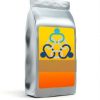
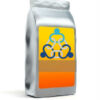
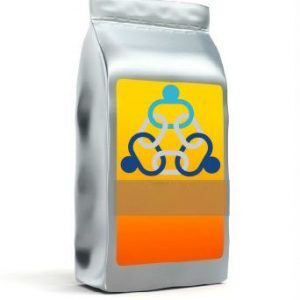
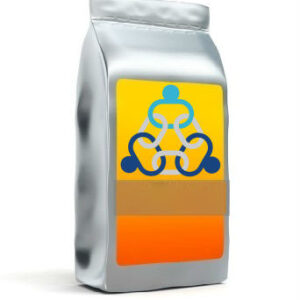
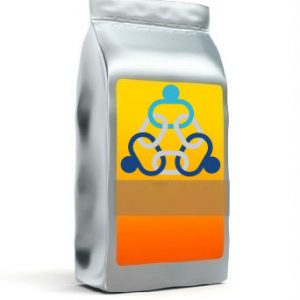
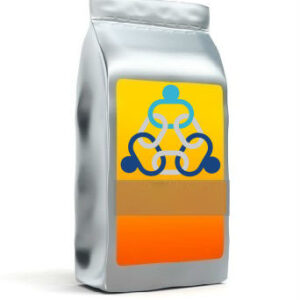
Be the first to review “Buy 4-FA Online”